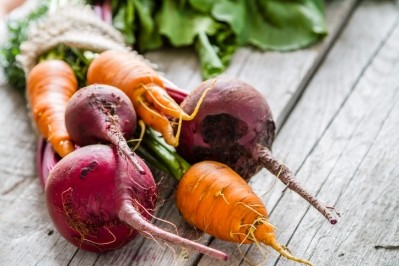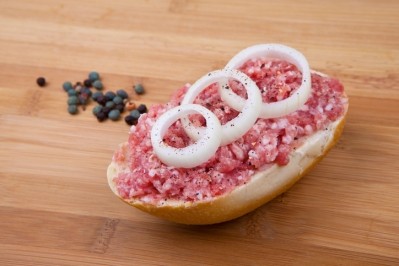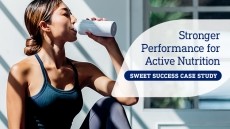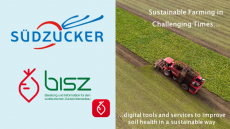Researchers sugar coat work looking into extending food shelf-life
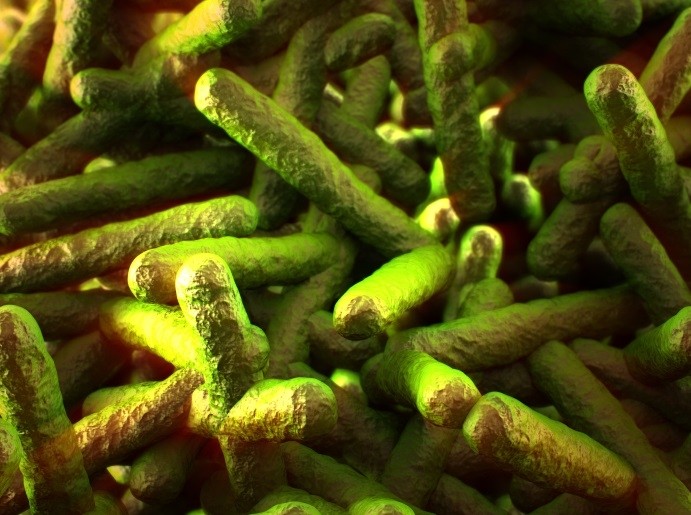
The technique embeds these viruses into food packaging, using a combination of sugars to keep them stable for up to three months, proving effective against the cheese-dwelling pathogenic bacteria Lysteria monocytogenes.
“This study describes a method of preserving bacteriophage activity in a dried format that has great potential for use as coatings,” said the study, led by Dr Carlos Filipe, professor and chair of the department of chemical engineering at McMaster University.
“This can be used to create antimicrobial surfaces for food preparation and for food preservation.”
Phage’s importance
Bacteriophages or "phages" are viruses that infect and kill bacteria and have proved useful for selectively decontaminating cheese - a food that uses beneficial bacteria to cultivate its flavour.
Present on fruits and vegetables, phages do not affect the odour, taste, safety or appearance of foods, leading to possibilities that these "bacteria-eaters" could have a role in food safety.
Inserting phages into food packaging is no mean feat as to add them to various types of films require them to be dried out. Unfortunately, this can kill the viruses.
Other approaches for stabilising phages have proved problematic, needing special handling or equipment.
Along with Dr Filipe, M. Monsur Ali, a research associate at McMaster University joined fellow colleagues in first embedding phages into soluble "sugar glasses" or films made with pullulan, a polysaccharide used to prolong the shelf life of fruits and eggs.
The team also experimented with trehalose, a sugar used as a stabilizing agent in freeze drying.
The team used a blend of the two sugars during their experiments, in which the mixtures were coated onto butcher paper and air-dried overnight at room temperature.
Phages embedded in pullulan or trehalose alone lost their antibacterial effects within one or two weeks, but those embedded within the combined pullulan-trehalose mixture could still infect bacteria such as L. monocytogenes up to three months later.
The team concluded that the pullulan-trehalose combination had a synergistic effect on bacteriophage stability and could well represent a promising, simple method for protecting food from bacterial contamination.
Salmonella findings
“These films are completely water-soluble and biocompatible, and comprise components that are food-grade and FDA approved,” the team said.
“We conclude that the use of pullulan in combination with trehalose is a promising method for preservation of bacteriophage antibacterial activity in a dried format.
“This technology has the potential to create highly stable phage-coated surfaces that can be used for food protection, food preparation and in point-of-use filtration systems for water purification.”
The team also revealed that they performed the same experiment using the Salmonella phage CG4 with similar results obtained.
The CG4 phage, paper coated with pullulan + trehalose, was able to reduce the Salmonella colony forming units (CFU) count by 4.59 log/cm2 after four weeks of storage in ambient conditions.
Source: ACS Biomaterials Science & Engineering
Published online ahead of print: DOI: 10.1021/acsbiomaterials.7b00468
“Long-Term Preservation of Bacteriophage Antimicrobials Using Sugar Glasses.”
Authors: Carlos Filipe, M. Monsur Ali et al.
